When Sam Brockway first set foot in Nevada’s Jarbidge Wilderness, he could scarcely believe he was still in the United States. Before him stretched 11,000-foot mountain peaks, lush groves of aspen trees, blossoming wildflowers, and crystal-clear blue rivers. Dirt roads as far as the eye could see.
At night, he and his friends fell asleep beneath the stars, with no other campers in sight and only the sounds of nearby sheep to keep them company. They spent one night in an abandoned ranch, left behind more than a hundred years earlier. For photographers like Sam, Simon Migaj, Ida Hollis, and Nacho Gonzalez, the real magic lies just beyond where others are willing to travel—settling within the remote corners of pristine wilderness.
We spoke with these four intrepid adventurers about the call of the wild, their journeys off the beaten path, and their tips for those hoping to follow in their footsteps. Join them on the open road, as they travel from the far reaches of the American West to the islands of Norway.
As a documentary, travel, and landscape photographer based in London, Simon Migaj has been inspired to venture off-grid to escape the hustle and bustle of the city, and also immerse himself in different cultures and ways of life. He’s further motivated by his concerns for the environment and commitment to sustainability.
“I try to be as environmentally friendly as possible, so I’ll often opt for a smaller estate car as my preferred bed for the night instead of a larger, fuel-guzzling van,” he tells us. “This works better for both the planet and my wallet.” Traveling by car also means Simon’s not bound by the limitations of other people’s schedules; no matter where he roams, he can stay flexible and mobile.
One place that he still carries with him is Senja in Norway—a spot he recommends visiting in January. “This remote gem overshadows all others with its awe-inspiring winter vistas,” he explains. “The temperatures plummet to a bone-chilling -25 degrees Celsius, making any hikes amidst this frozen wonderland so much more rewarding.
“Moreover, there’s a certain solitude that envelops Senja during winter months, as the frigid conditions and deep snow deter all but the most determined adventurers. Equipped with appropriate layers and indispensable snowshoes, venturing into this extraordinary landscape offers an indescribable and unforgettable experience.”
Simon Migaj’s tips for off-grid photography
- “Plan and research. Before setting off on your photographic expedition, conduct thorough research about your desired destinations. Familiarize yourself with the best shooting locations, weather conditions, local customs, and regulations. Don’t be afraid to look at others’ photography for inspiration, but try to be unique as well. It’ll make your experience much more worthwhile.”
- “Preserve the environment. As a responsible photographer, practice sustainable and environmentally friendly habits. Leave no trace, respect wildlife and natural habitats, and follow designated trails. Capture the beauty of nature while minimizing your impact on fragile ecosystems.”
- “Never, ever forget your head torch. It is the one piece of equipment that has literally saved my life on quite a few occasions.”
Ida Hollis dreamed of a life of travel for many years, and in 2018, she embarked on an epic trip across the United States by van. “My partner and I threw caution to the wind,” she remembers. “We both loved the idea of not having too much stuff with us, just the essentials: cameras, a guitar, and each other.”
Contrary to what we often see in the media, #vanlife isn’t always glamorous: “Things can go wrong, the weather can be bad, and you don’t have all the conveniences you’re used to.” But for Ida, all those everyday inconveniences and the many rigorous early-morning hikes in the dark (headlamps on) are always worth it just to see the sunrise over a remote landscape. “Getting back to the van and making breakfast after all the hard work also feels fantastic,” she tells us.
One of her favorite trips thus far has been to Death Valley in California. “At night, we lay on the roof of the van and gazed up at the Milky Way while the warm desert wind howled around us,” she recalls. “In the morning, we walked out onto the Mesquite Flat sand dunes and watched the rising sun slowly transform the textures of the sand into different patterns of shadow and golden light.”
Ida Hollis’s tips for off-grid photography
- “If you have time, don’t try to squeeze in too much on your travels. Try to devote a good bit of time to each place you visit. That way, you’re more likely to find the secret spots that tourists miss—or the more unique viewpoints that require thought, trial, and error. You also give yourself a better chance to experience the best lighting and weather conditions.”
- “Stay open and flexible to plans changing. It’s hard to know what things will be like, especially when visiting another country or area for the first time. Throughout my travels, there were famous places I thought I would love but ended up not connecting with. There have also been lesser-known places, unplanned and discovered on the journey, that took my breath away. Follow your heart rather than what everybody else does.”
Nacho Gonzalez, who works as a wedding photographer throughout Spain, was motivated to hit the road—first by car, then by van—as a way of escaping the hustle and bustle of city life. “That feeling of being alone, without mobile phones everywhere, is beautiful to me,” he tells us. “For me, traveling in my van is another day at the office—except not everything is always perfect. Many days I spend in the cold, and many days I travel long distances.”
Nacho’s mountain adventures have taken him across the German Alps, to a massive glacier in Chamonix Valley, and through the Italian Dolomites—often with a film camera in hand for his signature aesthetic and rich colors. He’s roamed the beaches of Lanzarote and watched the sun rise over the French Pyrenees. “Iceland was a particularly incredible experience,” he remembers. “It has everything: auroras, glaciers, hot rivers!”
Nacho Gonzalez’s tip for off-grid photography
- “Dare to go out and try it. The vehicle doesn’t matter so much as the journey itself. You can also sleep in a car (I did that before I had a van). Life is short!”
Sam Brockway devotes his weekends to the open road, usually in his home state of Idaho—where 32.8 million acres of public land wait to be explored. “#Vanlife for me happens in an old truck, as most of the outdoor space that I am interested in visiting throughout the US Intermountain West can only be accessed by long, uneven, and terribly maintained dirt roads,” he tells us. “What made the most sense for my use case was a 2002 Chevrolet Silverado with a 1998 Phoenix pop-top camper affixed to the truck bed.”
Nature is in Sam’s DNA; he grew up in California, where he camped regularly and spent summers working at Boy Scout Camp. “As an adult, I’ve long since recognized my need to connect to nature in order to be the calm, present, and thoughtful person that I hope to be,” the artist says. “The best thing for me is to get to where my phone stops receiving a signal.”
Sam Brockway’s tips for off-grid photography
- “When choosing your destination, consider traveling to places that are still beautiful in their off seasons to avoid crowds; few things ruin an image more than a mass of people in a natural setting. For example, try visiting Zion National Park over your winter break when the cliffs are sprinkled with snow, as opposed to summer when it is scorching hot and the lines to catch the bus into the canyon can be endless.”
- “Never overlook the value of rangers if you are on US National Park, Forest Service, or Bureau of Land Management land. Knowledgeable rangers know the land, and they know how to avoid crowds. This was how I found a remarkable meadow hike in the notoriously crowded Yellowstone National Park all to myself.”
- “I am going to go full Eagle Scout with this bit of advice: be prepared. When recreating outdoors, it is your responsibility to learn and follow Leave No Trace principles. If you are hiking, make sure you have the appropriate footwear, water, and layers for the trail you are attempting. You also must have a system for all of your food and garbage storage (and disposal), especially if you are in bear country.
“You don’t need expensive gear; however, you do need a bare minimum of gear to be safe, which will vary depending on where you are going. If you are starting from scratch on a budget with your gear, try looking at thrift stores (especially in mountain towns where some truly outstanding deals can be found), secondhand outdoor stores, and eBay. If you focus just on what you need, you should be able to get the baseline gear relatively affordably.
“In case of emergency, also make sure to have jumper cables, a working spare tire, and a few backpacking meals on hand (the MSR Pocket Rocket stove is a relatively inexpensive option to have on hand for heating water for freeze-dried meals).”
- “Final tip: pick up a disposable camera (or even better, a cheap point-and-shoot film camera). Nothing beats the unburdened grainy medium of film for capturing all the candid moments found with life on the road!”
Not on 500px yet? Sign up here to explore more impactful photography.


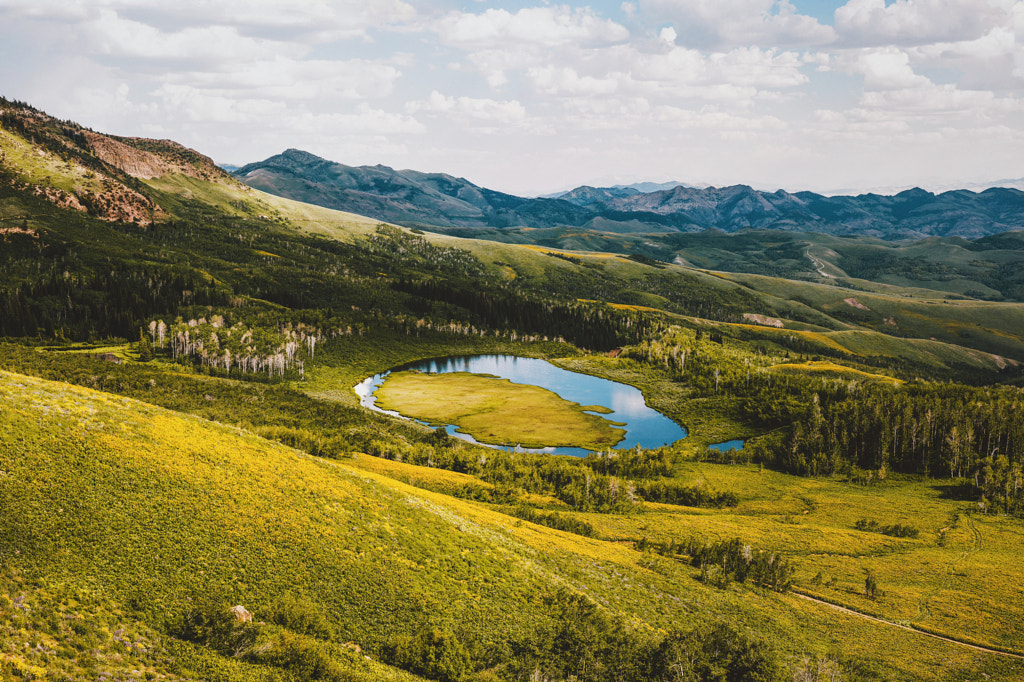
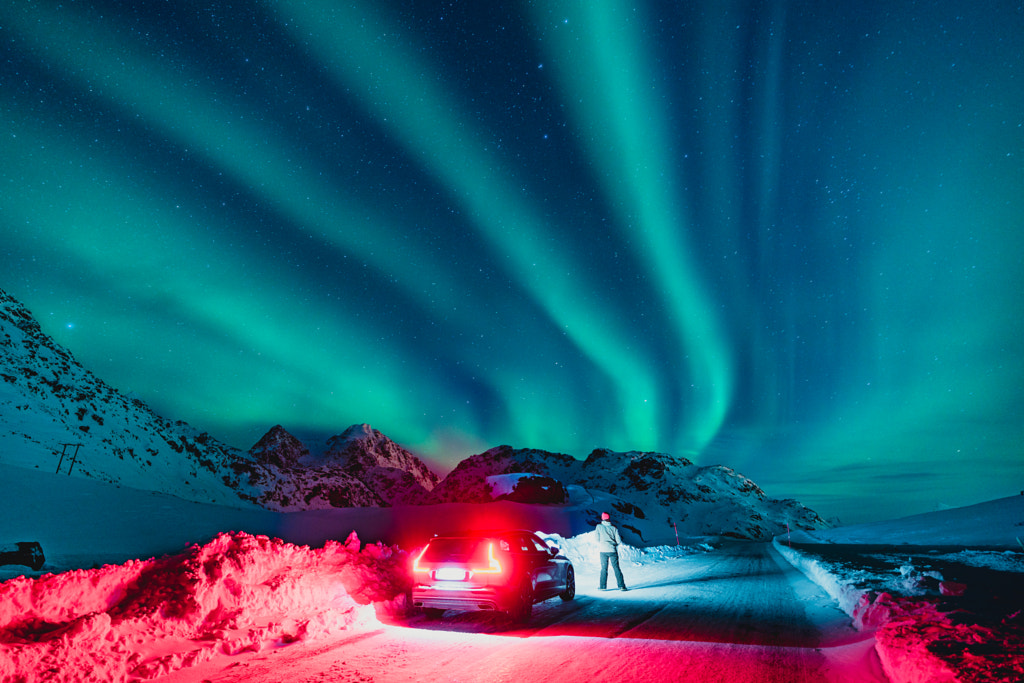

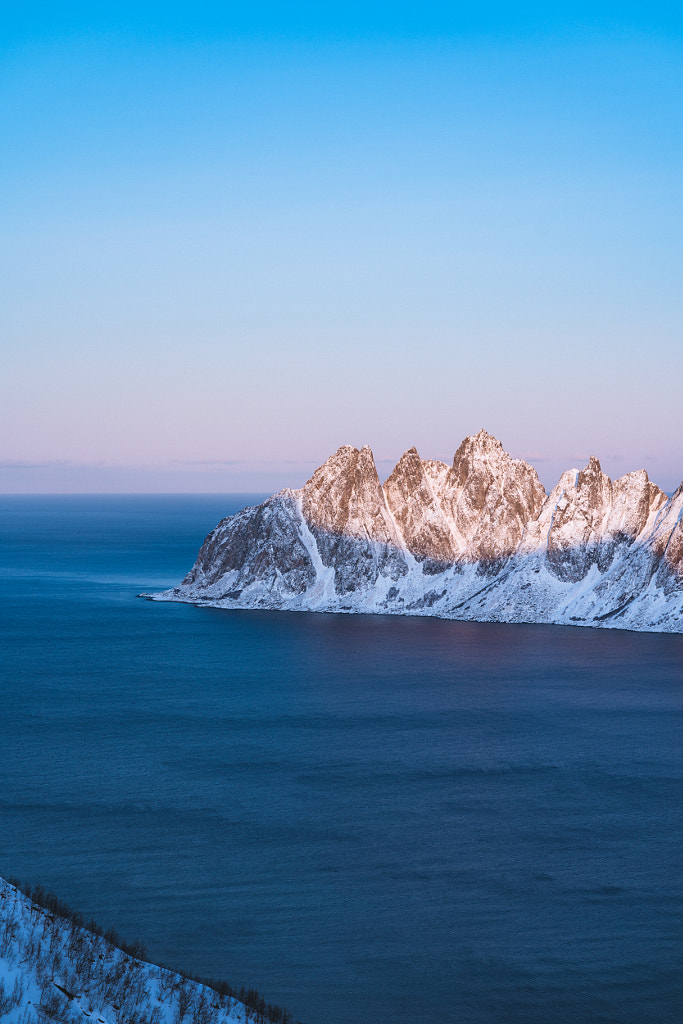
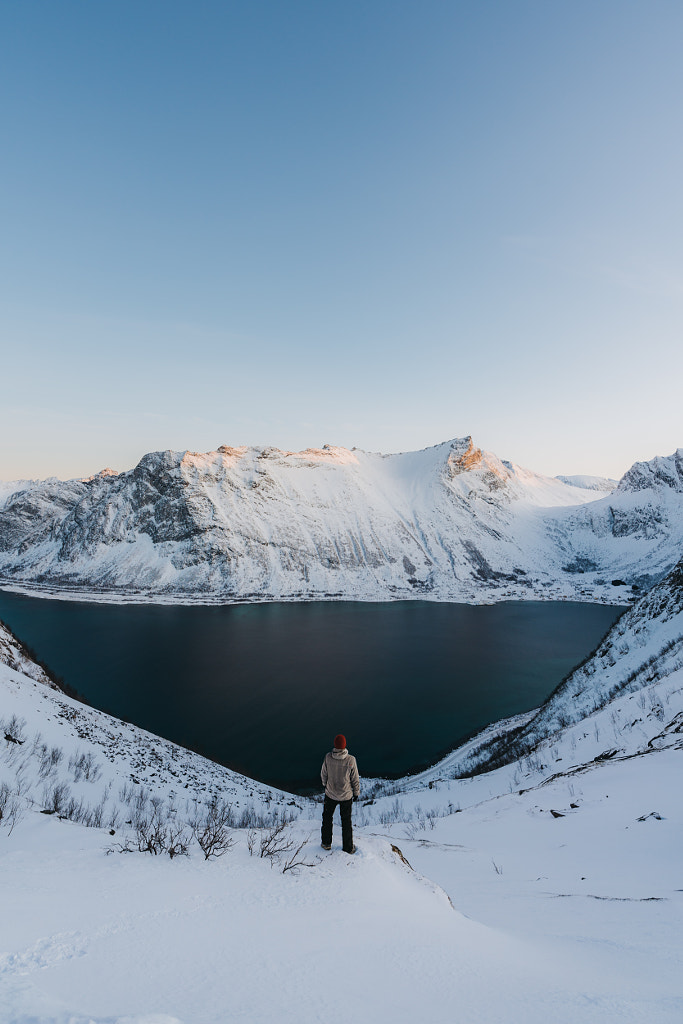
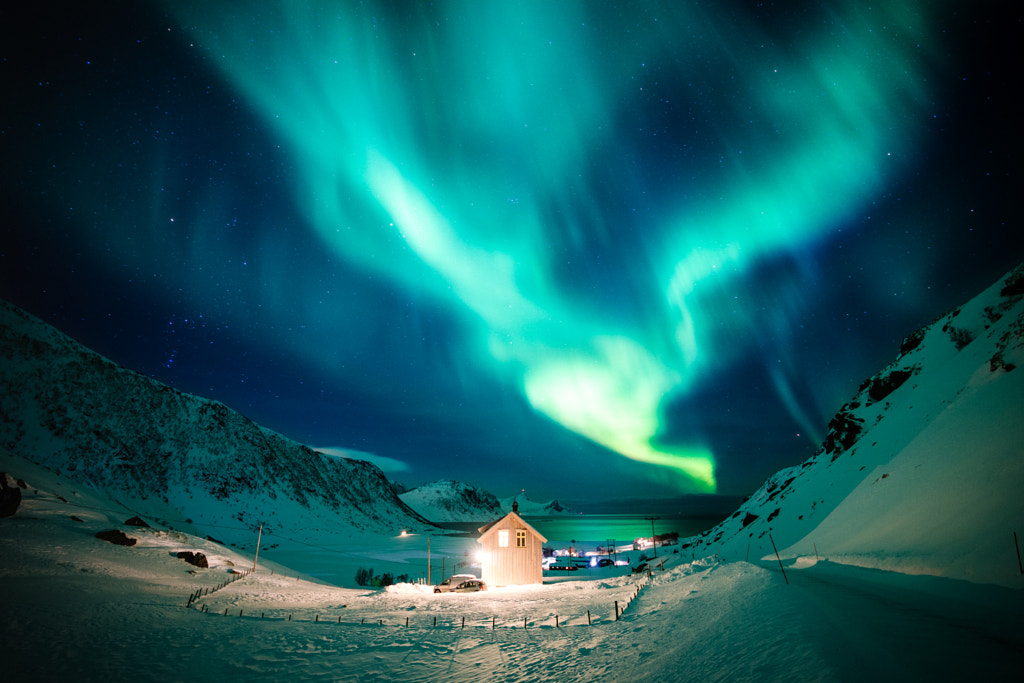
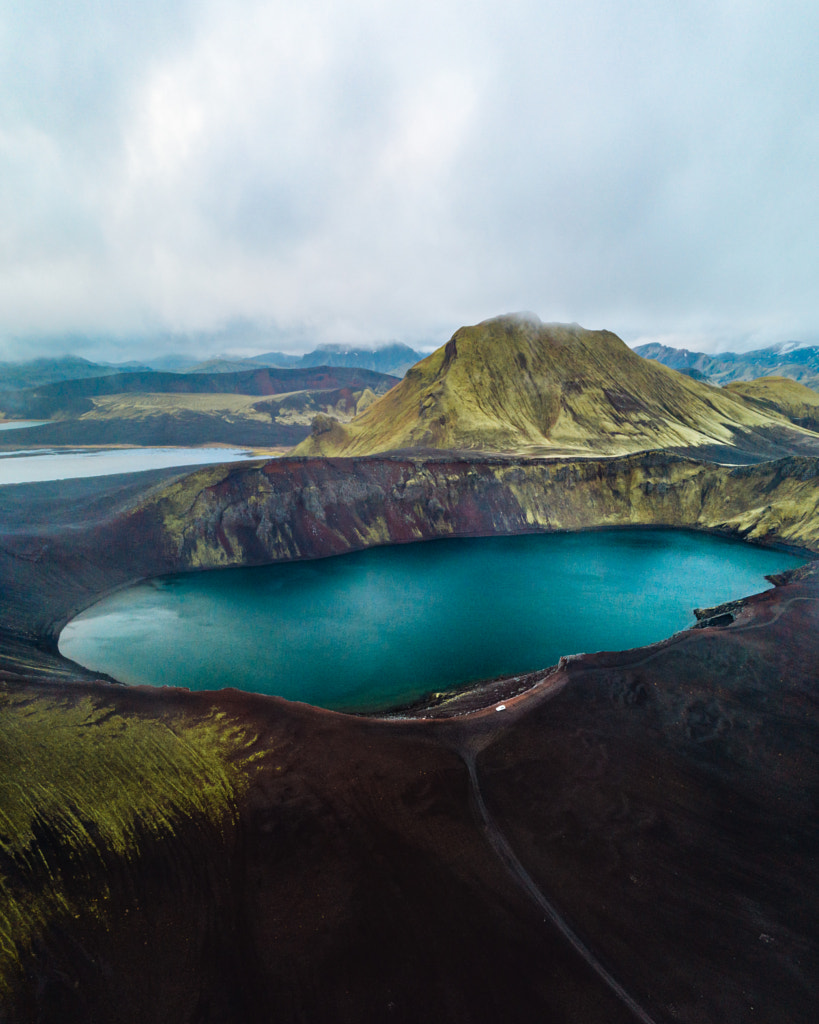
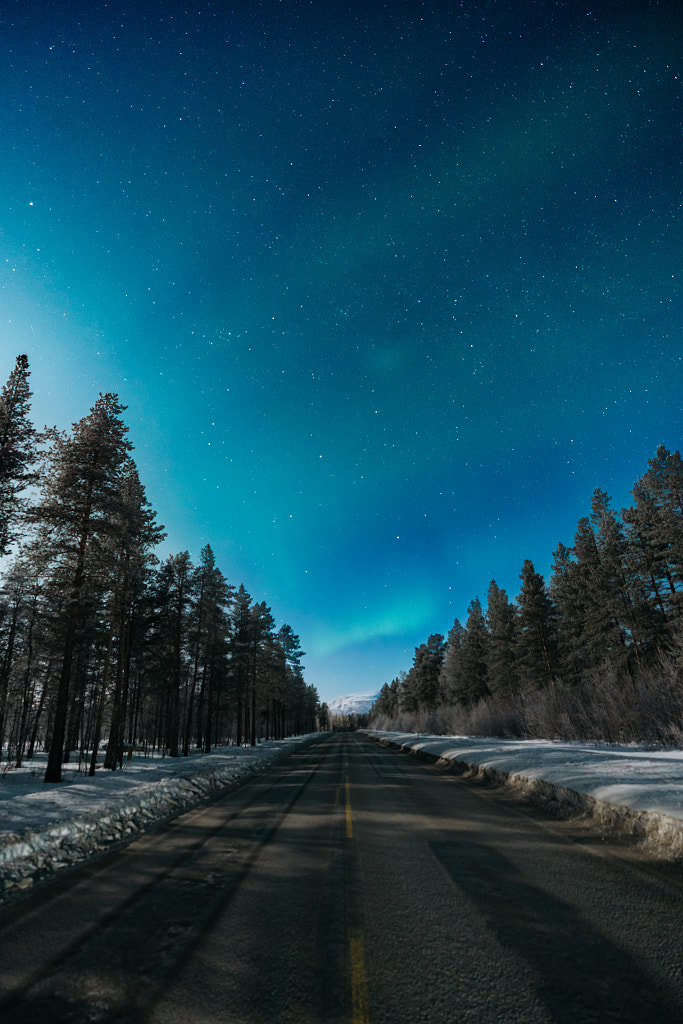
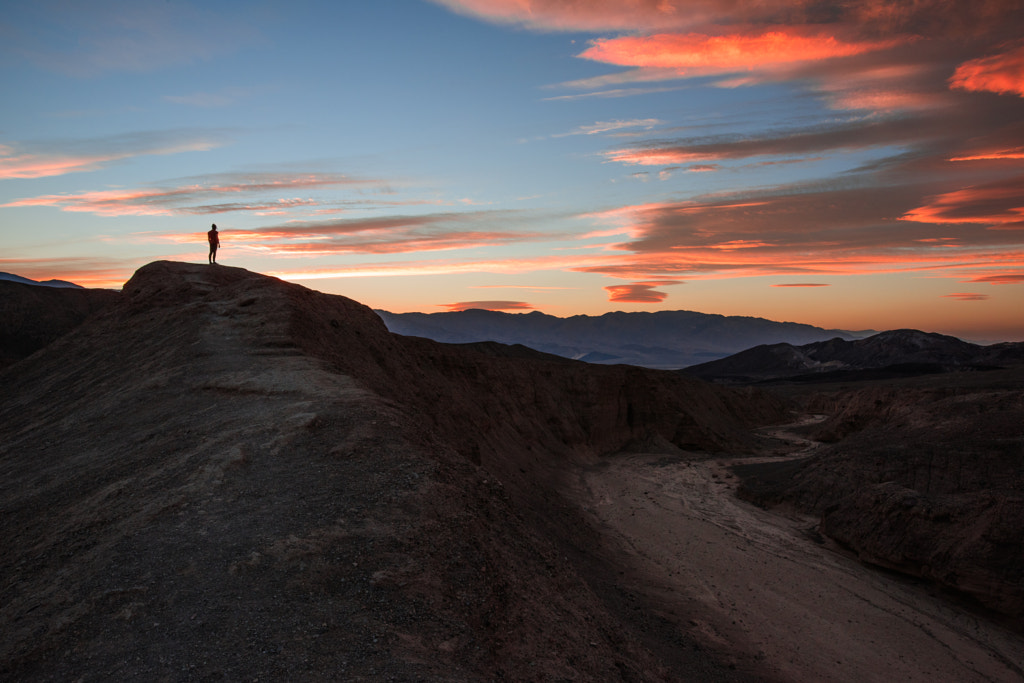
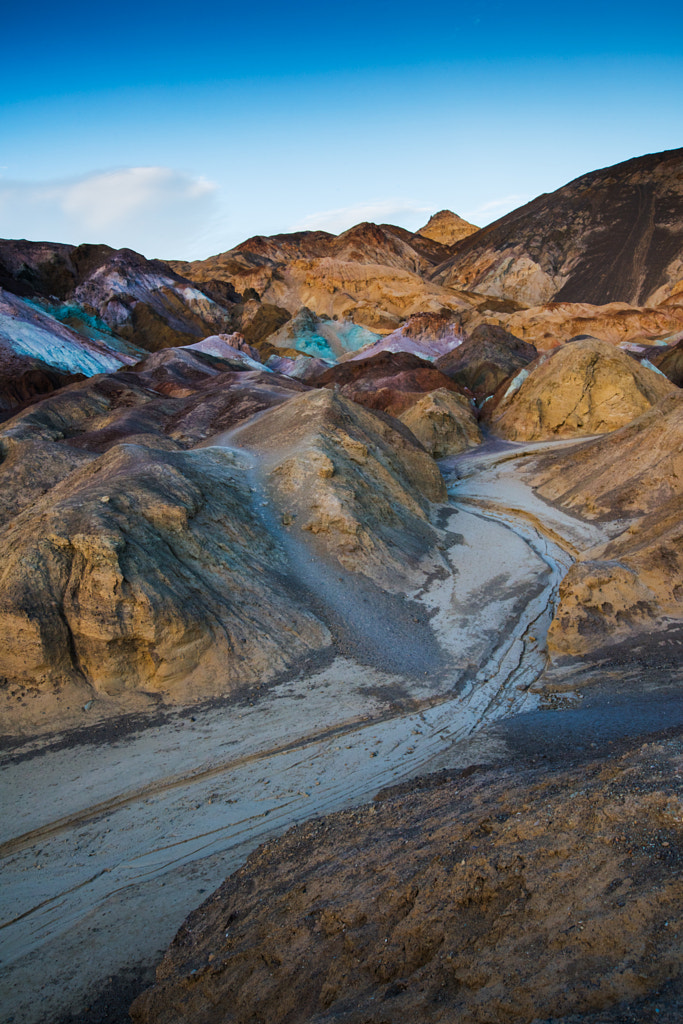
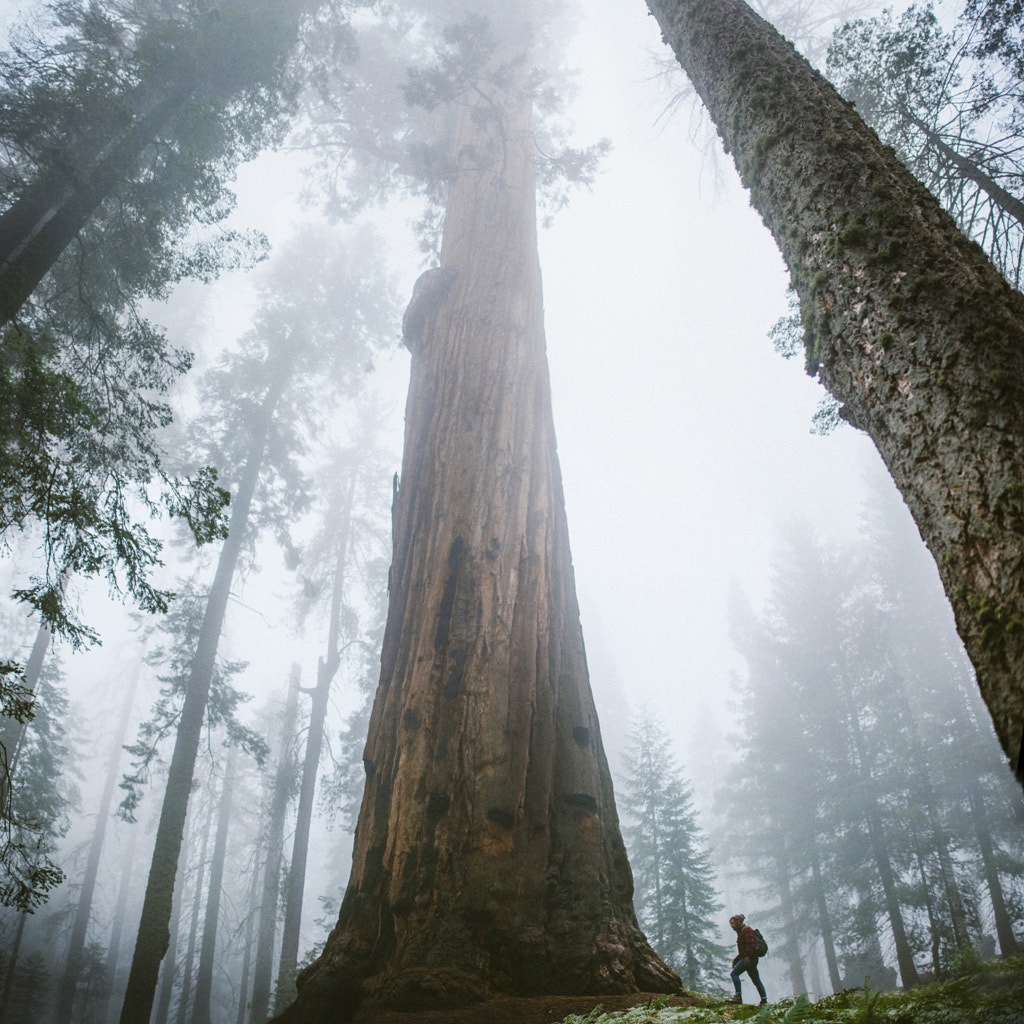
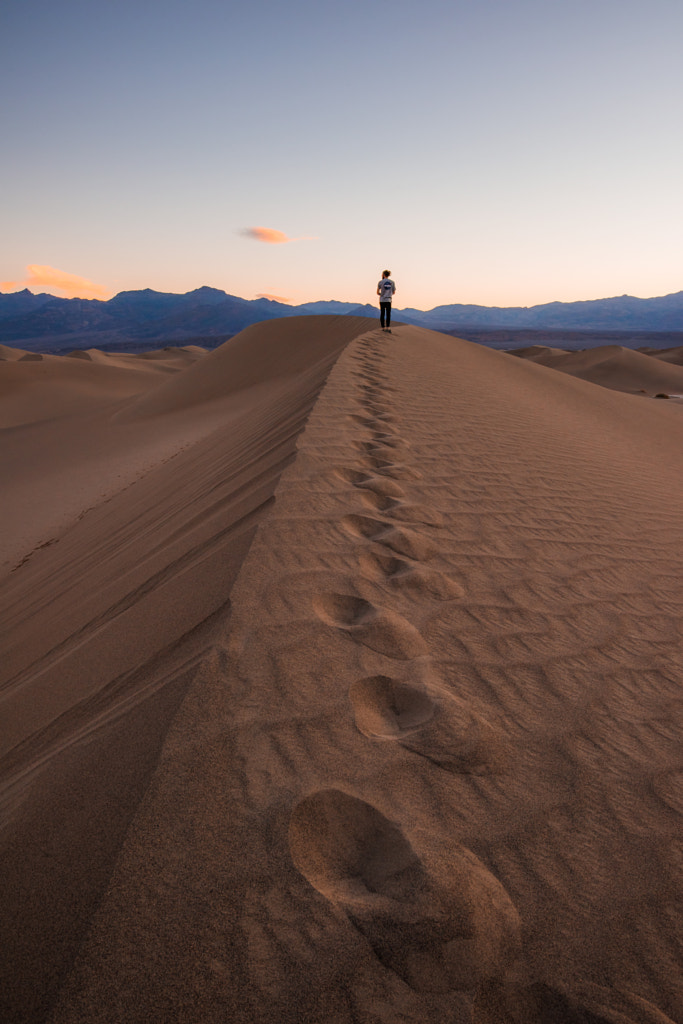

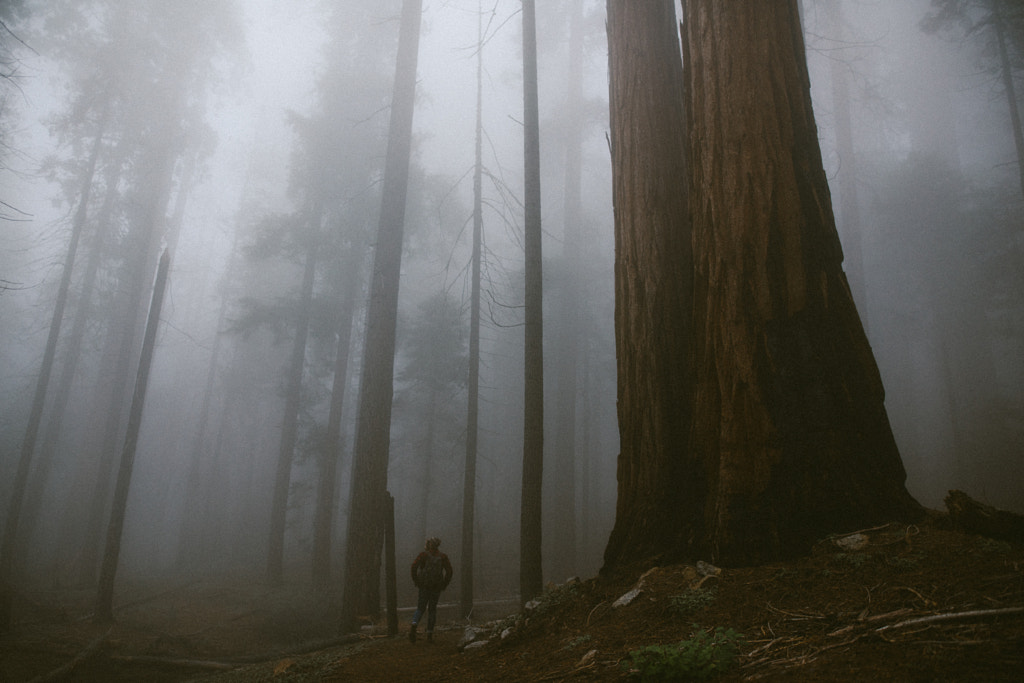

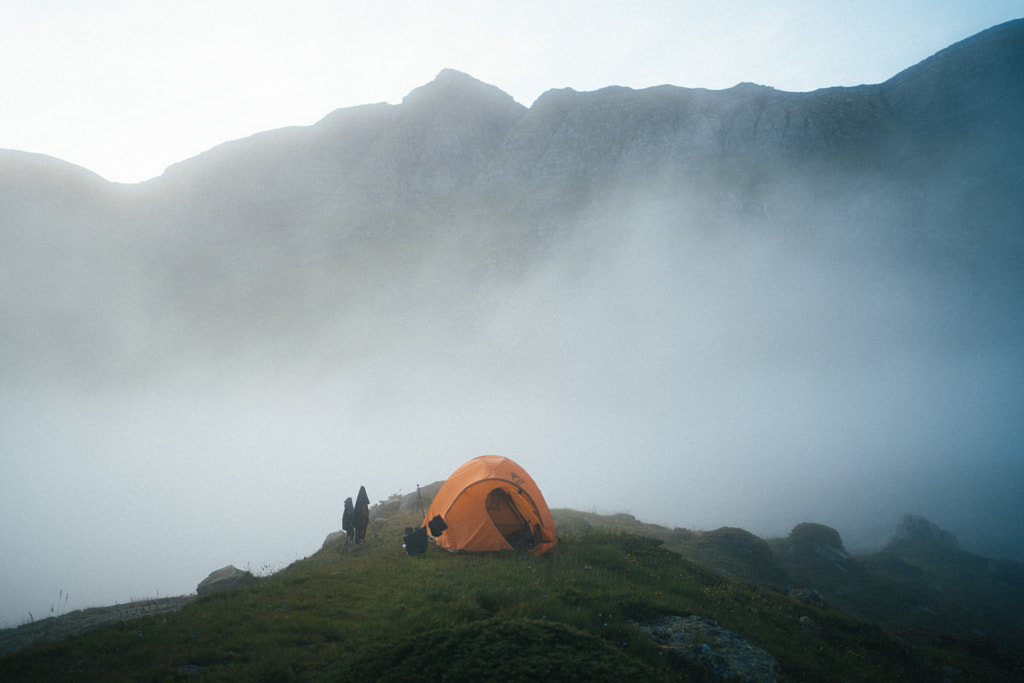
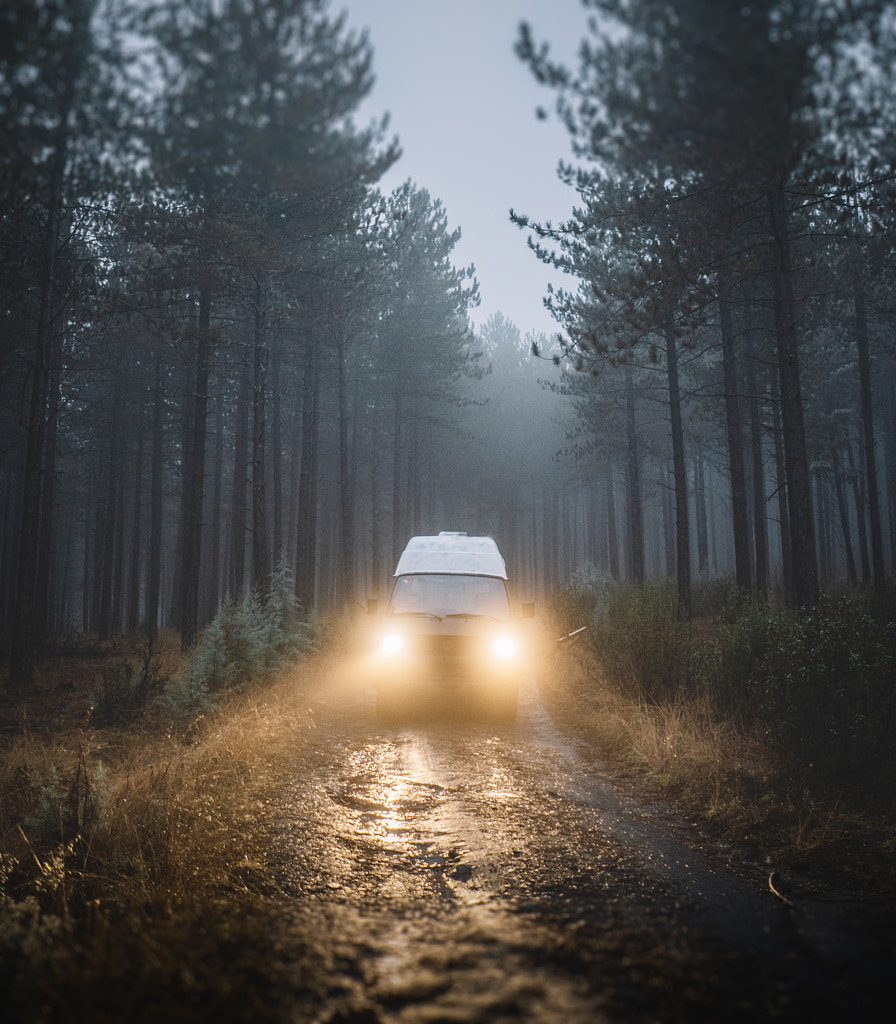

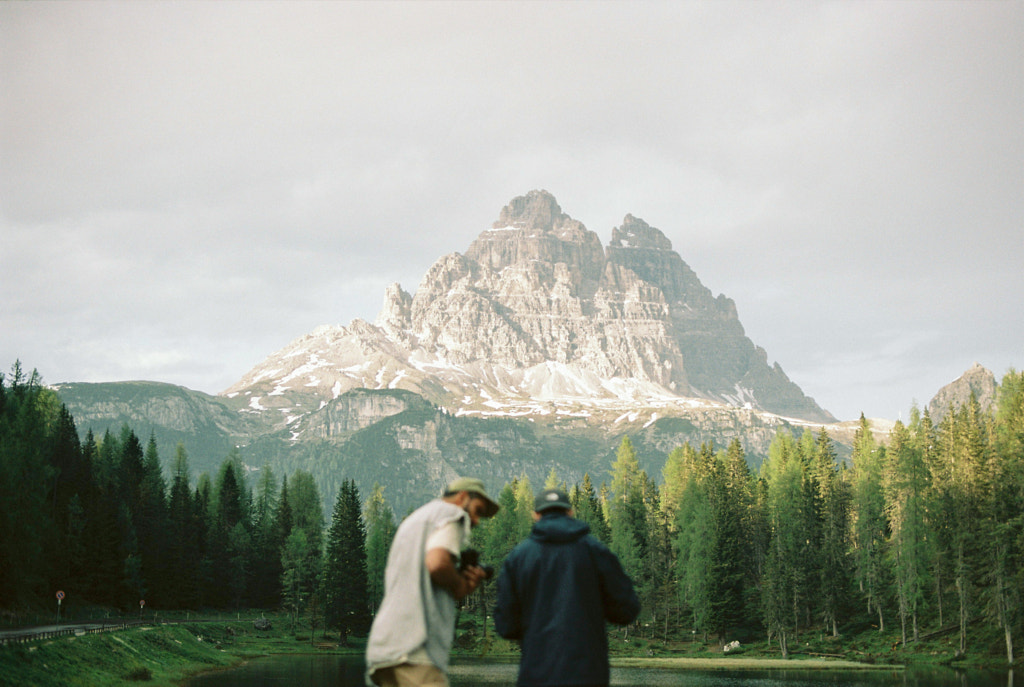
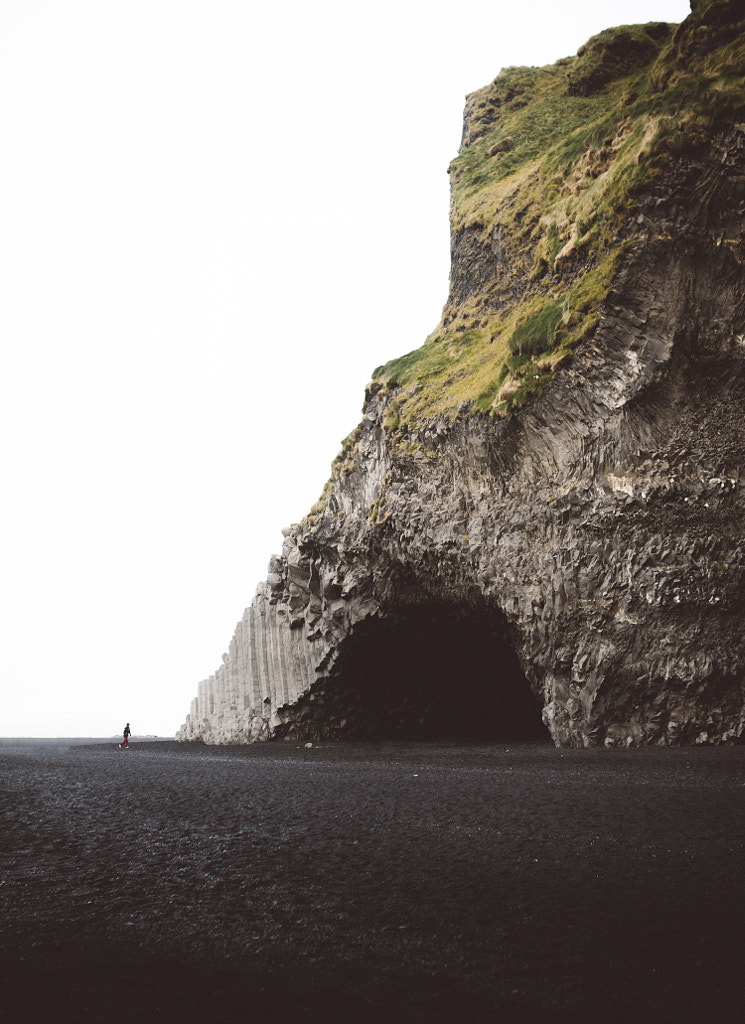
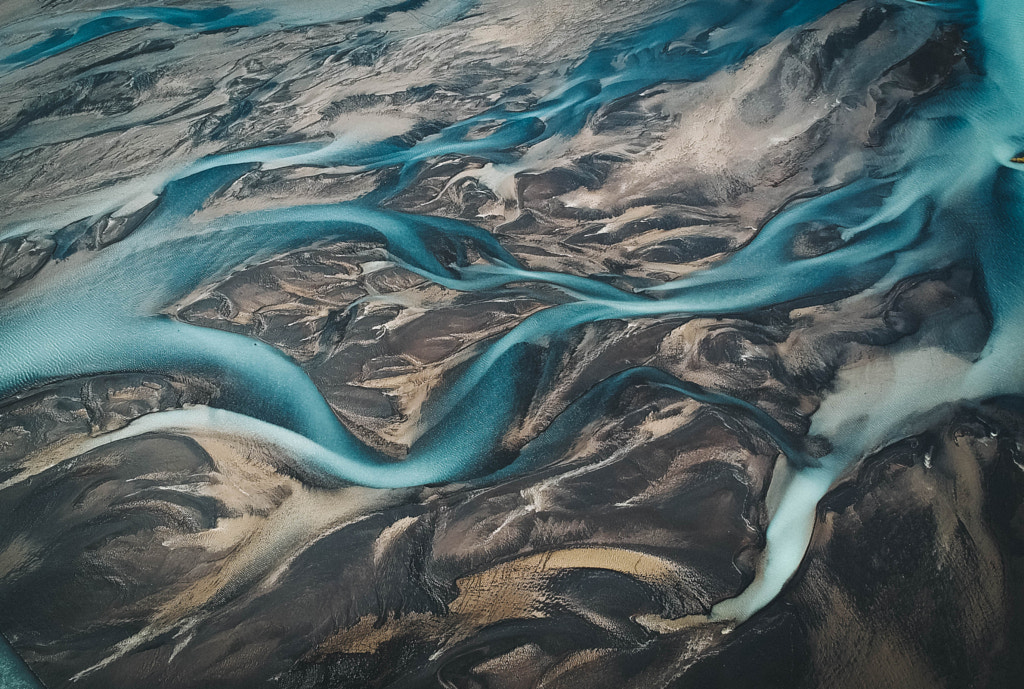
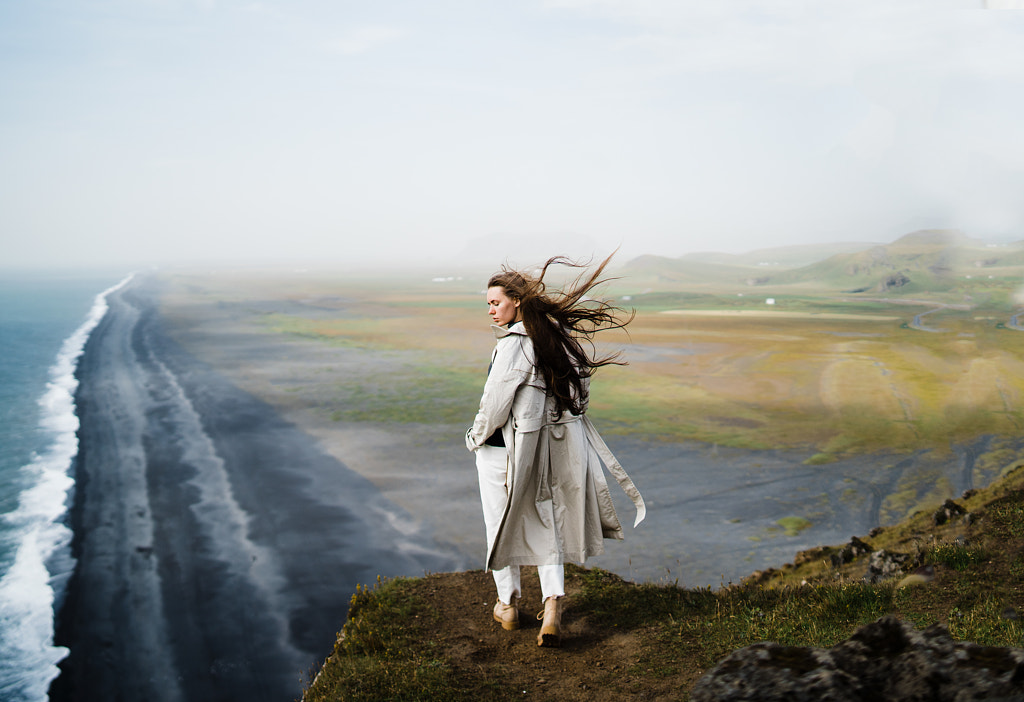

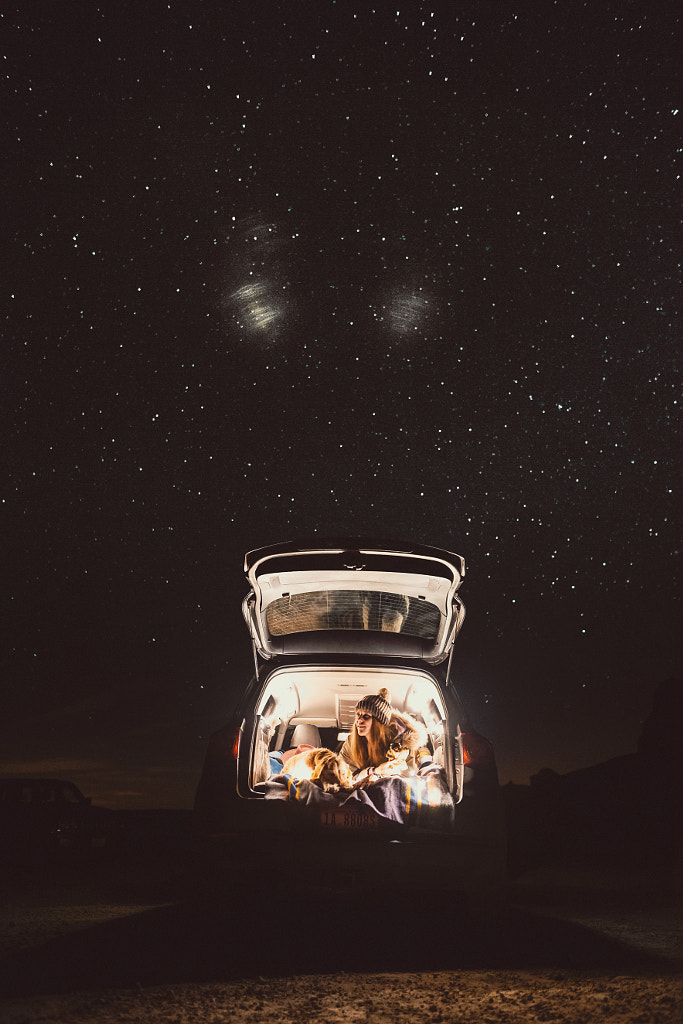
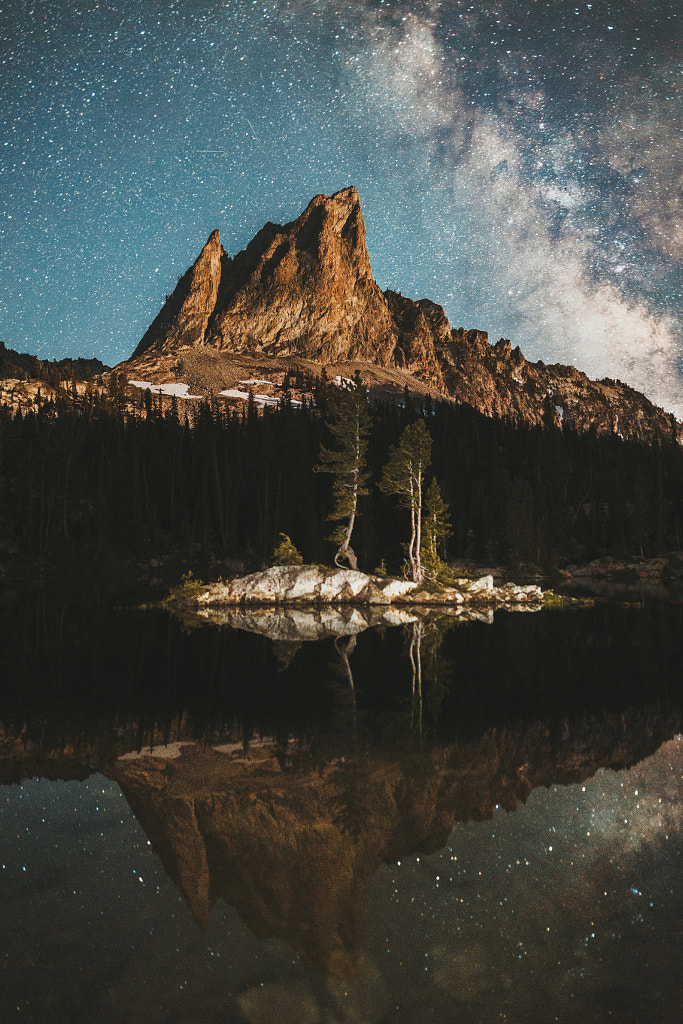
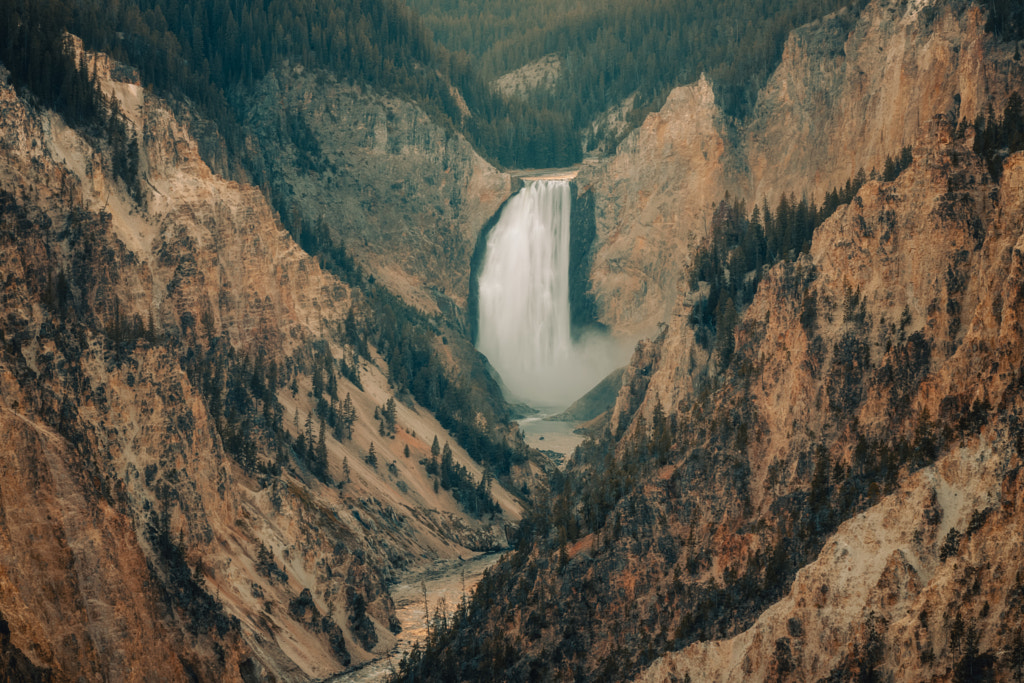
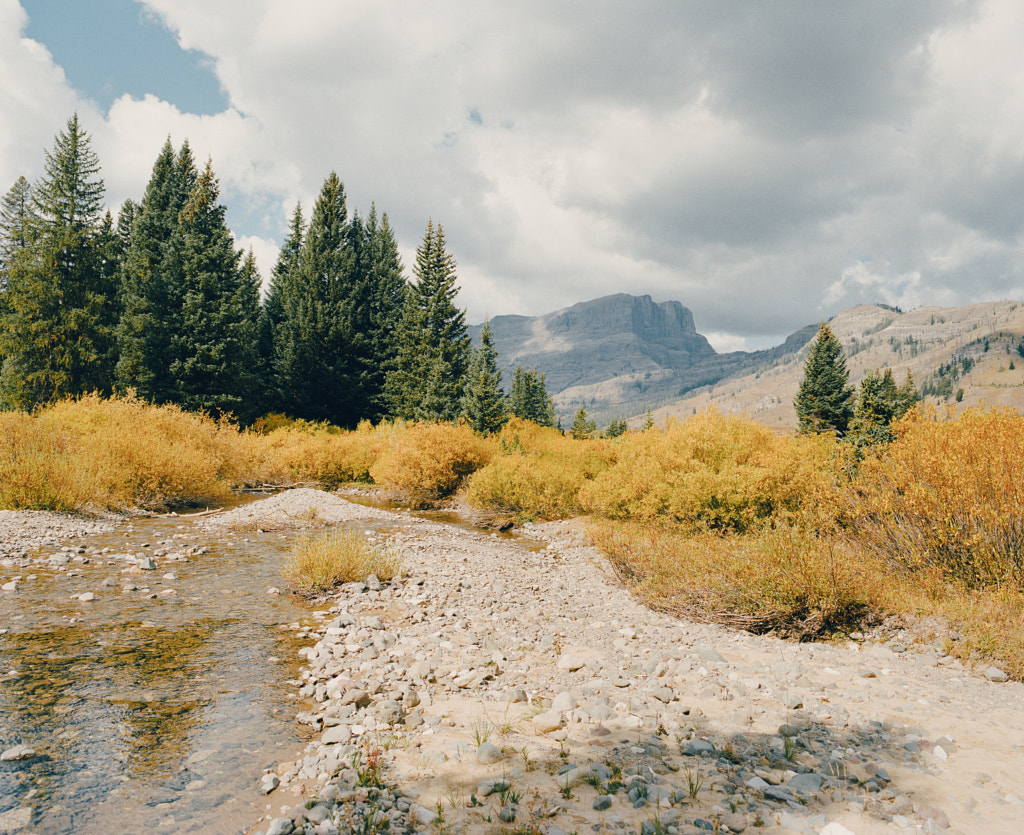

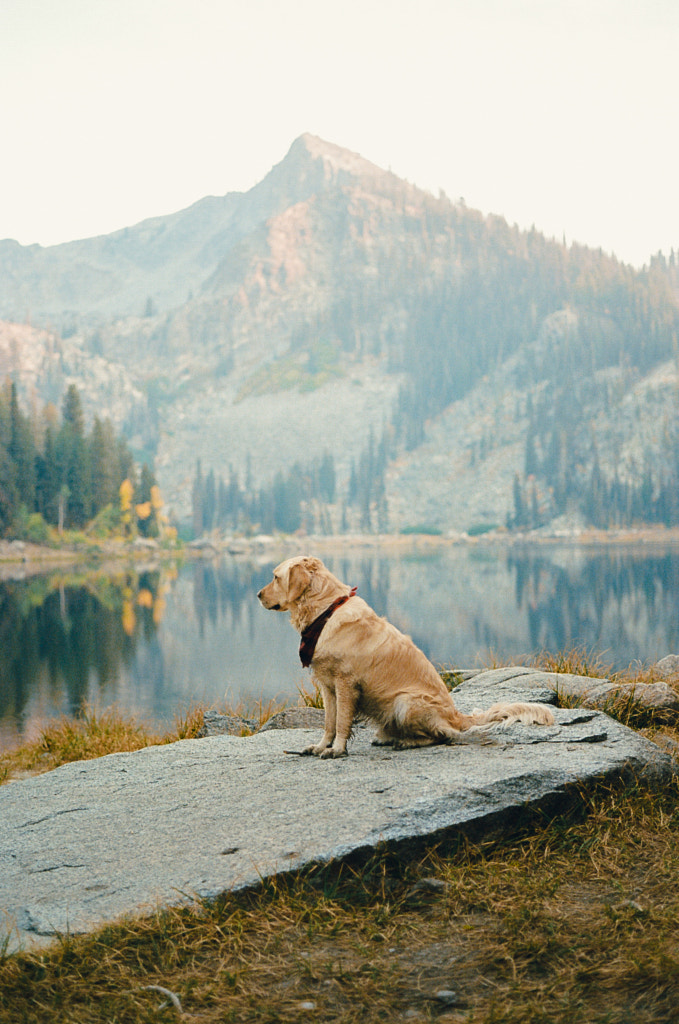
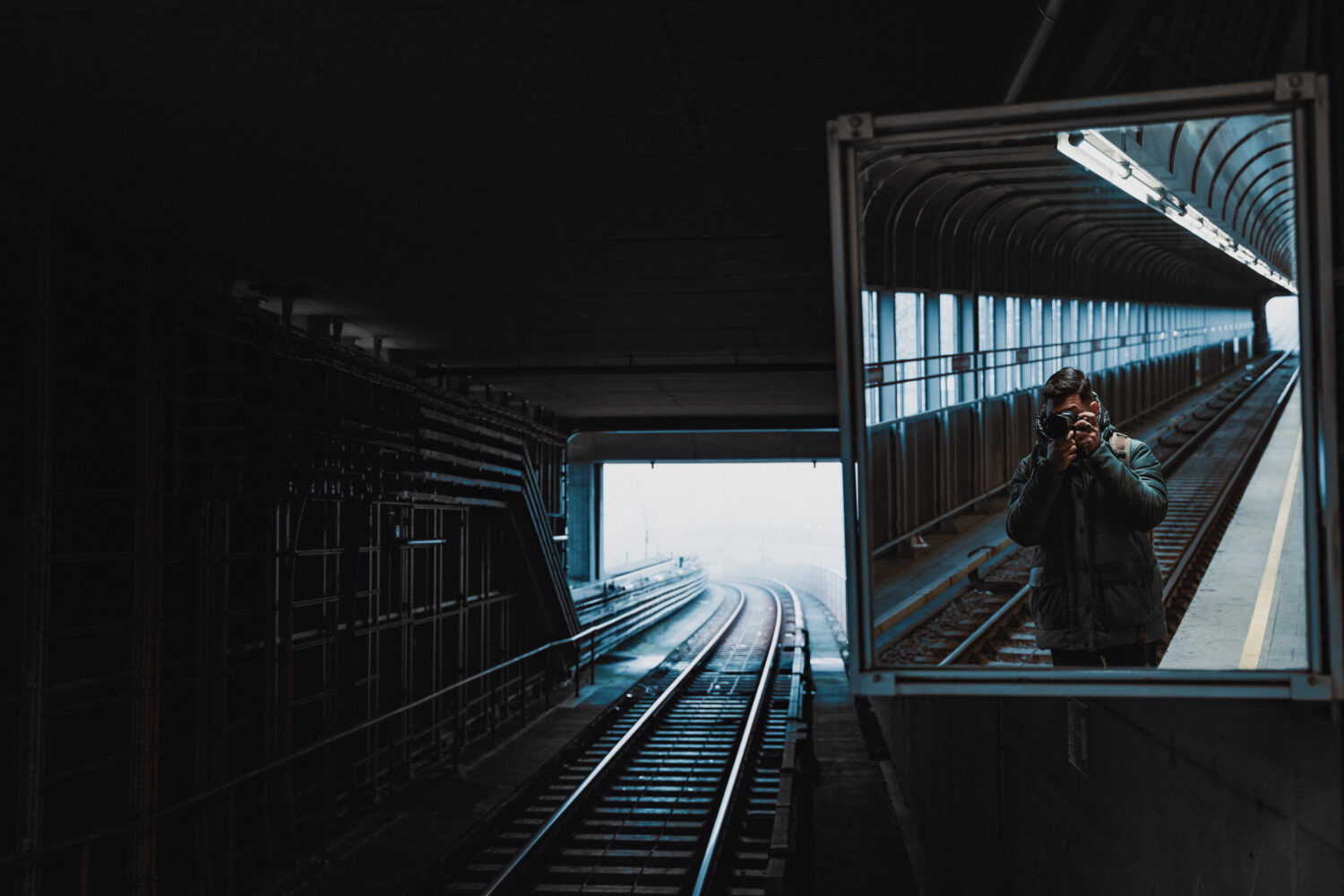
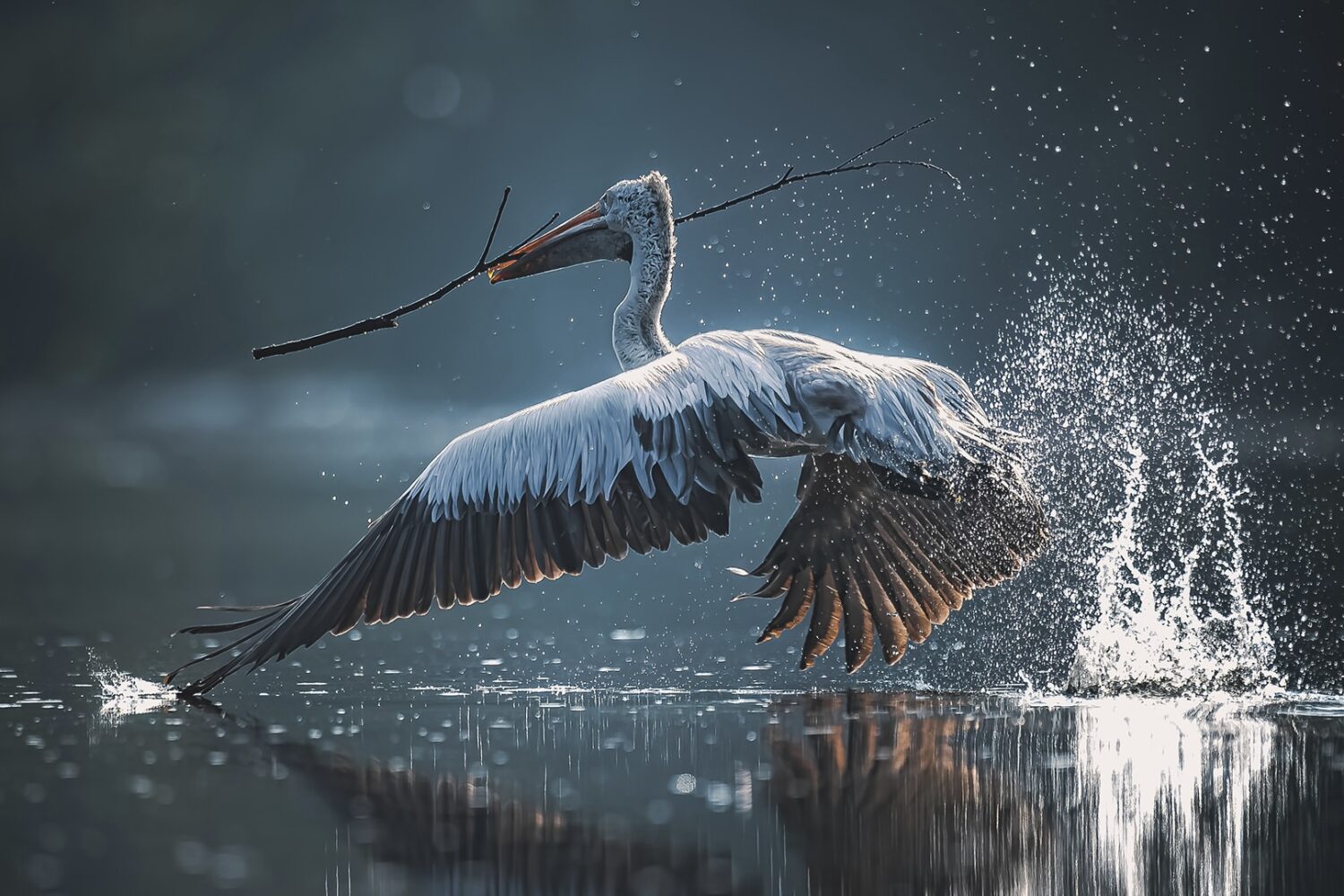
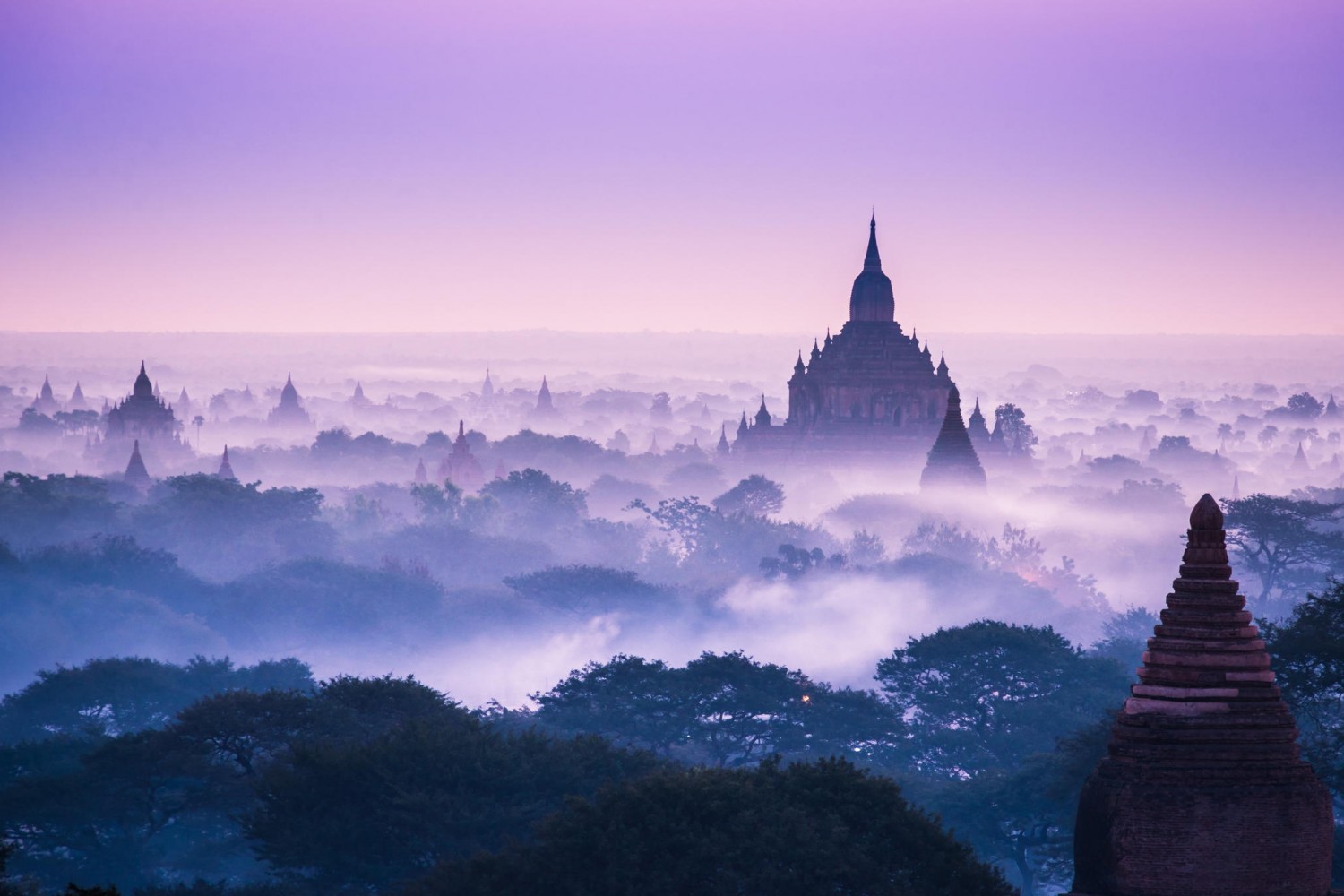
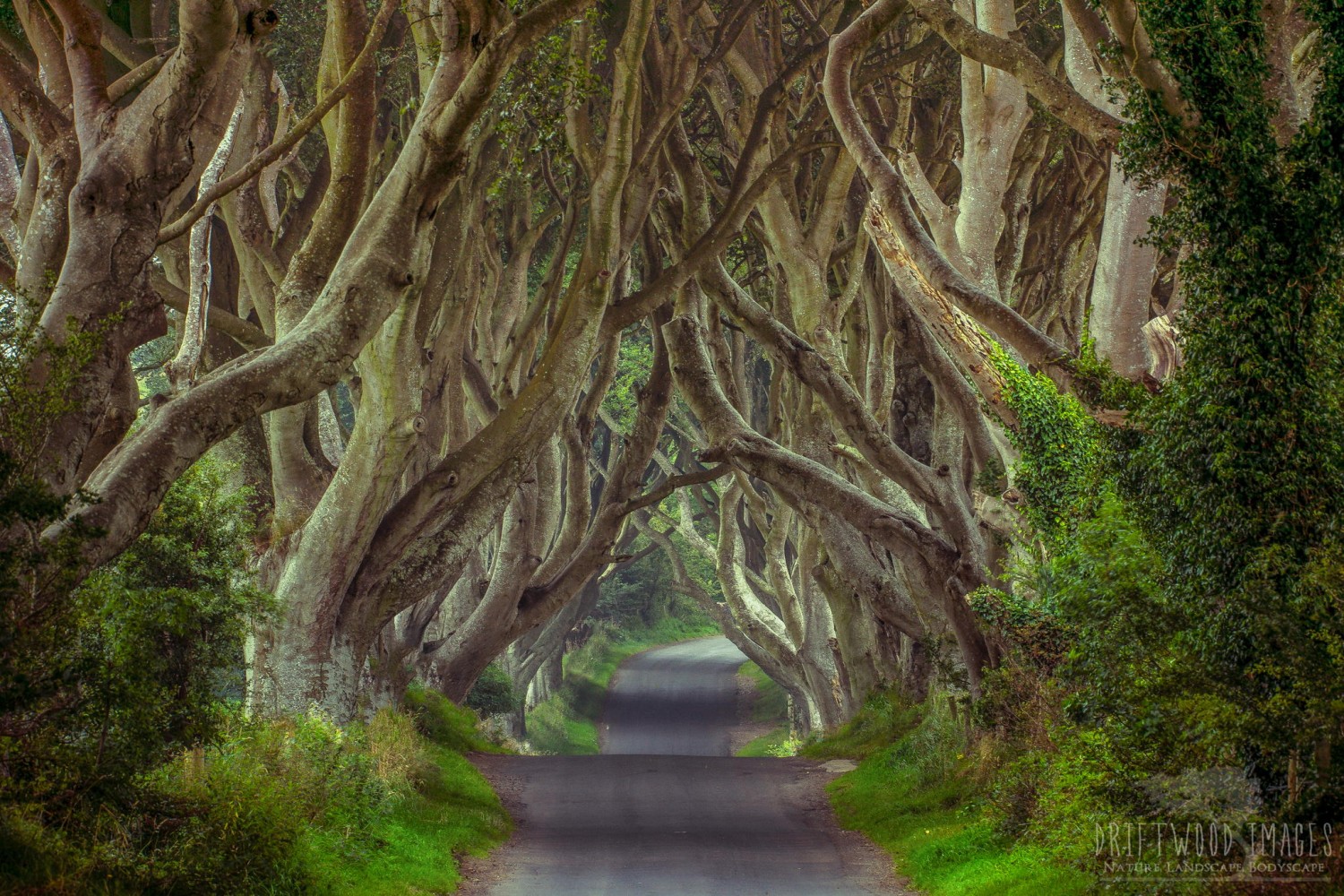
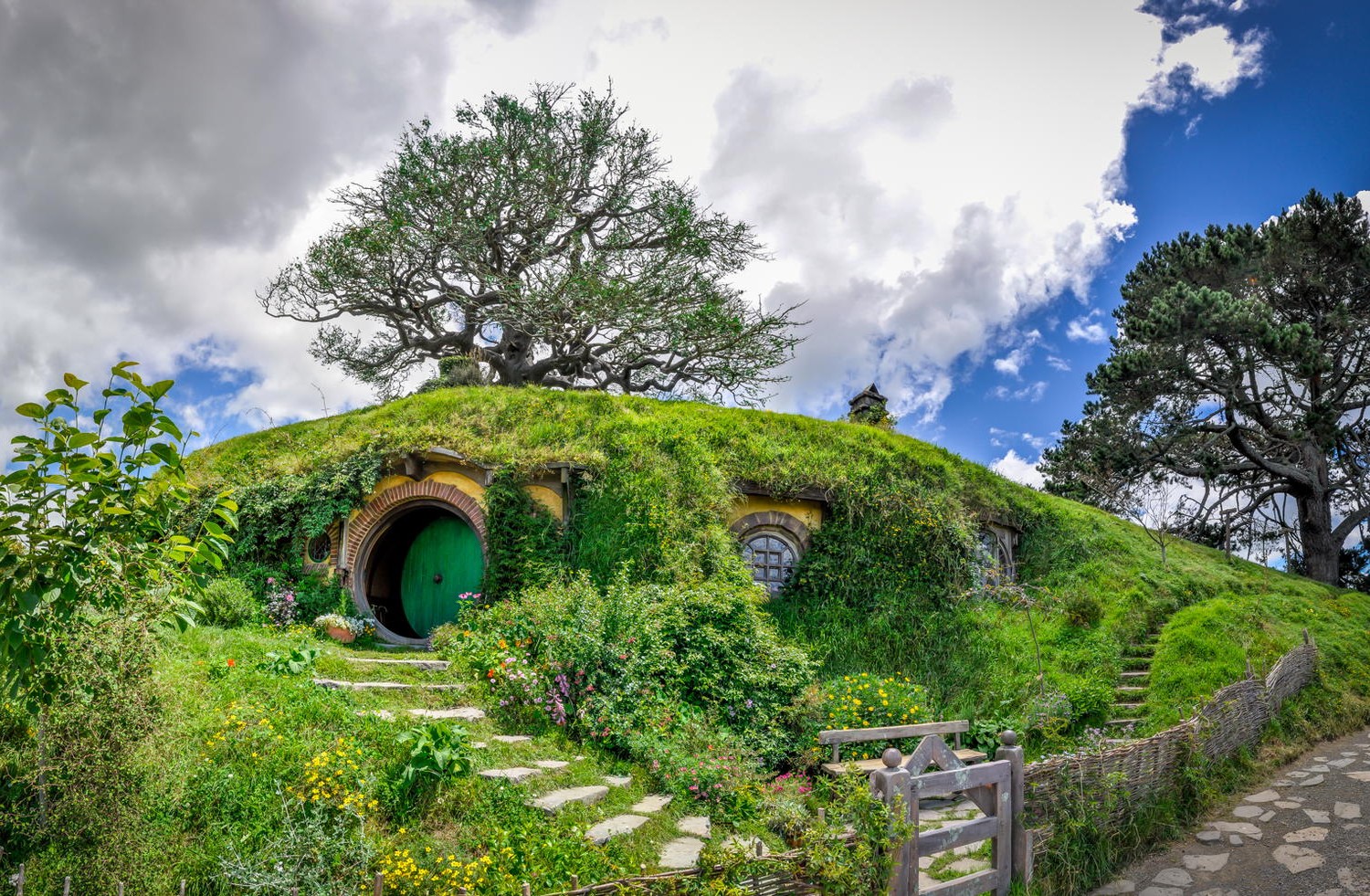
Leave a reply